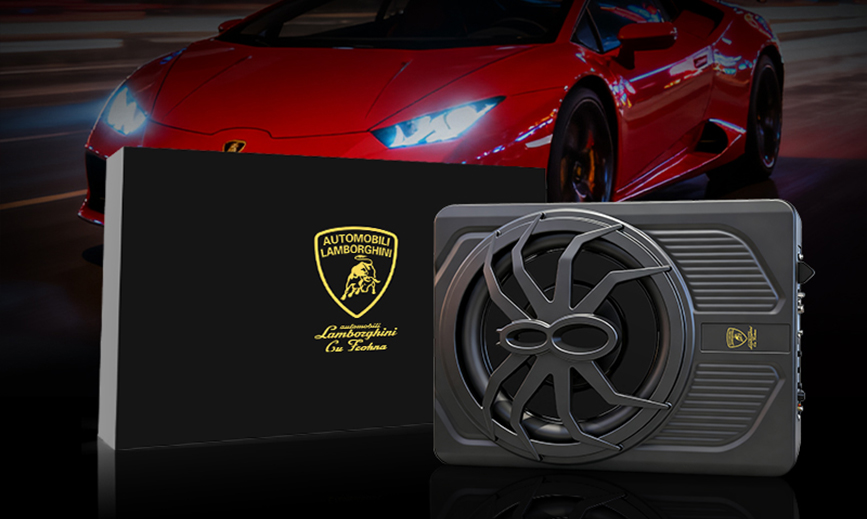Deepening China-EU Economic Ties Unlock New Opportunities in Automotive Display Market: Lamborghini Infotainment System Leads Smart Cockpit Innovation
Deepening China-EU economic ties are fueling global automotive industry growth. In the first half of 2025, China-EU trade reached 2.82 trillion RMB (approx. $382 billion USD), a 3.5% year-on-year increase, with auto parts exports to the EU rising 9.7%. Against this backdrop, automotive display systems—the core interface for smart vehicles—are experiencing unprecedented opportunities. Global automotive display panel shipments grew 5.6% to 120 million units in H1 2025, with Chinese manufacturers like BOE and Tianma dominating, holding 18.1% and nearly 20% market shares respectively.
1. China-EU Collaboration Drives Automotive Supply Chain Advancement
Complementary strengths between Chinese and European auto industries are creating space for display technology innovation. China offers mature supply chains and cost advantages in panel manufacturing, while Europe leads in automotive electronics, high-end chips, and design. For instance, China’s imports of EU-made bus transmissions and diesel engines grew 40.8% and 65.2%, reflecting deepening cooperation in electrification and smart technologies. Additionally, the China-Europe Railway Express has surpassed 110,000 trips, connecting 128 Chinese and 229 European cities, providing efficient logistics for auto components trade.
2. Automotive Display Trends: Intelligence and Premiumization as Core Drivers
As vehicle electrification, connectivity, autonomy, and sharing accelerate, displays have evolved from basic instrument clusters to central smart cockpit interfaces. Key trends include:
-
Large, Multi-Screen Systems: High-end models increasingly feature central control, passenger, and rear-seat screens. Multi-screen setups saw 3.378 million units sold in 2024, with triple-screen installations growing over 200%.
-
Rapid Technology Upgrades: OLED and Mini-LED are replacing traditional LCDs. OLED offers high contrast and flexible designs (e.g., Voyah’s curved OLED), while Mini-LED delivers near-OLED quality via precise backlight control.
-
Integrated Functions: Displays now merge with ADAS and AR-HUD, enabling real-time navigation and safety alerts. The ADAS market is projected to exceed $125 billion by 2029, boosting demand for high-precision displays.
3. Competitive Landscape: Chinese Innovators Lead, European Demand Grows
Chinese firms dominate the global automotive display sector:
-
BOE: Shipped 21.6 million panels in H1 2025, spanning LCD, OLED, and Mini-LED technologies.
-
Tianma: Focused on small-to-medium sizes, shipments hit 21 million units, up 24.7%.
Europe represents a key export market, with strong demand for premium screens. German automakers are adopting flexible OLEDs for next-gen cockpits, while EU green vehicle policies further incentivize display innovation.
Lamborghini Infotainment System
Leveraging China-EU collaboration and premium display trends, the Lamborghini Infotainment System redefines smart cockpits with cutting-edge performance and design:
-
Advanced Display Tech: Combines OLED screens and Mini-LED backlighting with 4K HDR support, ensuring clarity even in direct sunlight for immersive visual experiences.
-
Intuitive Interaction: Features multi-modal controls—voice, gesture, and AR navigation—integrated with ADAS data (e.g., lane departure warnings, blind-spot monitoring) for enhanced safety.
Conclusion
China-EU economic cooperation is enabling technology sharing and market access for automotive displays, while smart cockpit evolution drives trends toward larger, interactive, and artistically integrated screens. The Lamborghini Infotainment System exemplifies this synergy, combining advanced engineering and design to meet premium user demands. As the automotive display market expands (projected to reach $48.9 billion by 2034), it will continue leading the transformation toward intelligent mobility.





